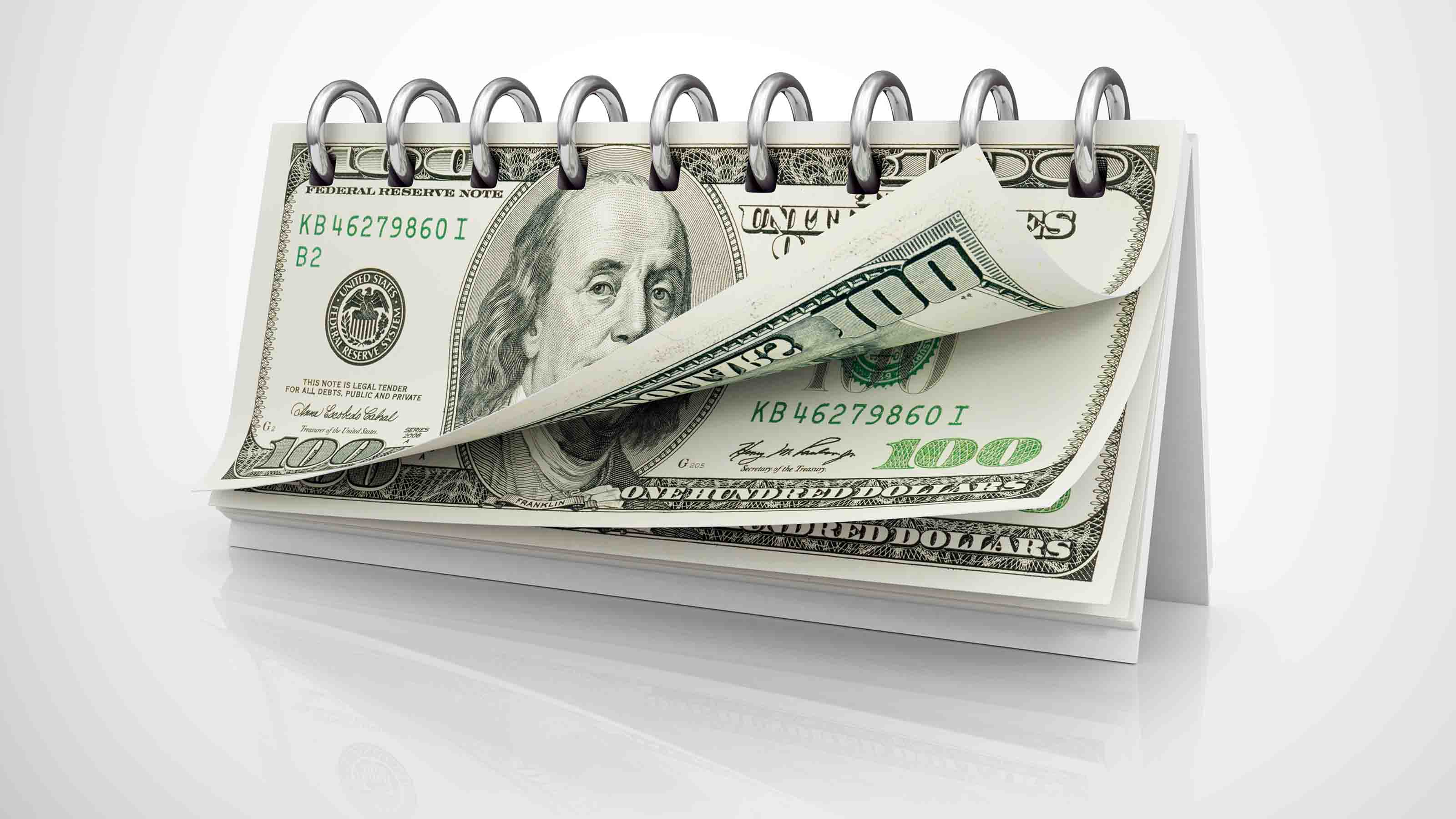Best Deals in Bonds
Municipal bonds remain one of the most attractive fixed-income sectors.

A year ago, I wrote that 2013 would be a mostly stable year for income investors, with yields creeping up but not soaring. That’s about how things turned out, though interest rates eventually rose more than I expected. As a result, you may have lost 1% or 2% in a diversified bond portfolio. I see rates climbing in 2014, but again, not by much.
A Top Wall Street Strategist’s Bullish Outlook for 2014
Where they go may depend on the resilience of the “Great Rotation,” one of the big investment stories of the past year. The idea is that income investors, worried about the prospects of losses in their bonds (whose prices generally move in the opposite direction of rates), bailed out of fixed-income holdings and put the proceeds into shares, adding fuel to 2013’s surging stock market.
It’s a compelling story line, but I’m not persuaded that stocks’ big year came at the expense of bonds and other yield-focused investments. Sure, bonds, real estate investment trusts and preferred stocks suffered through a rough patch in the middle of 2013. But those and other income investments rebounded in late summer and early fall of 2013. Even Treasuries, which led the bond market down in the spring and summer, have regained some lost value. The yield on the benchmark ten-year Treasury, which peaked just below 3% in early September, stood at 2.6% on November 1.

Sign up for Kiplinger’s Free E-Newsletters
Profit and prosper with the best of expert advice on investing, taxes, retirement, personal finance and more - straight to your e-mail.
Profit and prosper with the best of expert advice - straight to your e-mail.
The take-away: There’s a huge difference between the end of a bull market in an investment class and the onset of collapse. Bonds and bond substitutes won’t deliver big total returns in the coming year, but they won’t cause you to lose sleep worrying that your principal will melt.
That said, you don’t want to own too many Treasuries and Treasury-heavy bond-market index funds. The income is too puny. Plus, Treasuries will likely see another year of losses as yields resume their rise once the Federal Reserve finally starts to trim its $85-billion-a-month bond-buying program. Figure that the yield on the ten-year Treasury will hit 3.3% in 2014.
The biggest losers from the Fed’s easy-money policies continue to be people with big bucks in money market funds and CDs. The Fed isn’t likely to lift short-term rates until 2015 at the earliest, so expect another year of zero returns for cash-type investments. That means a loss after inflation, expected to ring in at 2% in 2014.
Tax-free treats. There are some good opportunities in income investing, though. Municipal bonds remain one of the most attractive fixed-income sectors. You can choose from an ocean of sound munis that yield 100% to 110% of what Treasuries of comparable maturity pay. Because muni interest is generally free from federal (and often state and local) income taxes, you can see why they’re a good deal.
As for taxable bonds, I continue to favor single-A- and triple-B-rated corporate debt. On a total-return basis, these investment-grade corporates roughly broke even the past year, their income offsetting mild declines in principal. I also like floating-rate bank-loan funds, which are yielding 3% and up and hold up well in a rising-rate environment (see Get 3% With Low Risk Via Floating-Rate Bond Funds).
If you’re hoping for a sure-shot, big-money tip for 2014, you’ll be disappointed. Nothing is severely undervalued. My best tip is to fish in the deep pool of closed-end income funds whose share prices are languishing well below the value of their underlying assets. Two that have recently swung from selling at premiums to their net asset value per share to discounts are BlackRock Limited Duration (symbol BLW, $17) and John Hancock Income Securities (JHS, $14). The funds, yielding 7.5% and 6.4%, respectively, use borrowed money to boost income. In both cases, the funds’ investment earnings cover their payouts.
Get Kiplinger Today newsletter — free
Profit and prosper with the best of Kiplinger's advice on investing, taxes, retirement, personal finance and much more. Delivered daily. Enter your email in the box and click Sign Me Up.

-
 What Is the Buffett Indicator?
What Is the Buffett Indicator?"It is better to be roughly right than precisely wrong," writes Carveth Read in "Logic: Deductive and Inductive." That's the premise of the Buffett Indicator.
By Charles Lewis Sizemore, CFA Published
-
 This One Area of Americans' Retirement Readiness Gets a Bad Grade
This One Area of Americans' Retirement Readiness Gets a Bad GradeMillions of Americans score poorly on retirement readiness due to this Achilles' heel. Are you prepared?
By Christy Bieber Published
-
 Why Investors Needn't Worry About U.S. Credit Downgrade
Why Investors Needn't Worry About U.S. Credit DowngradeFitch Ratings The United States saw its credit rating downgraded for just the second time in history, but experts aren't worried about the long-term damage to stocks.
By Dan Burrows Published
-
 Income-Investing Picks for a Recession
Income-Investing Picks for a RecessionInvesting for Income Some consequences of an economic downturn work to the benefit of fixed-income investors. Here are three fund ideas that fit the bill.
By Jeffrey R. Kosnett Published
-
 Dogs of the Dow Are 2022's Best in Show
Dogs of the Dow Are 2022's Best in Showdividend stocks Some of the best investments for income investors in a volatile 2022 have come from the Dogs of the Dow.
By Jeffrey R. Kosnett Published
-
 Bond Values in a Volatile Market
Bond Values in a Volatile MarketInvesting for Income While the market's instability may not be over just yet, the latter half of the year should be less daunting – and possibly more rewarding – for investors.
By Jeffrey R. Kosnett Published
-
 Should You Buy Bonds Now? What To Consider
Should You Buy Bonds Now? What To Considerbonds The fixed-income market has been turned on its head in recent years, but there are still opportunities for those looking to buy bonds again.
By James K. Glassman Last updated
-
 Dividend Dates: A Beginner's Guide
Dividend Dates: A Beginner's Guidedividend stocks Everything you need to know about ex-dividend dates, dividend announcements and other parts of the dividend calendar.
By Charles Lewis Sizemore, CFA Published
-
 Income Investors Should Look Beyond the Ukraine Invasion
Income Investors Should Look Beyond the Ukraine Invasionstocks Unless you invested in a Russian-themed ETF or an emerging markets index fund, the destruction of Moscow's capital markets is a distraction for investors.
By Jeffrey R. Kosnett Published
-
 Consider Short-Term Bond Funds
Consider Short-Term Bond FundsInvesting for Income These funds own the kind of stuff that benefits from a healthy economy and can withstand the Fed's rate hikes.
By Jeffrey R. Kosnett Published